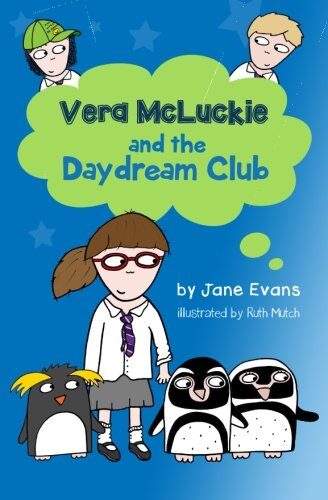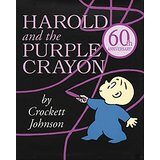
Stories are spectacularly successful learning tools. Many studies show that children whose parents tell and/or read stories to them from an early age turn out to be better readers and students later on.
Furthermore, you are twenty times more likely to remember information if you learn it in a story than if you learn it simply as data to memorize. In part, the more stories we encounter, the more effectively our brains learn to work within the structure that most stories follow. We not only absorb the stories’ contents, but at the same time, our brains get used to organizing what we learn into a usable form. We learn how to learn through stories.
Other brain researchers have found that different parts of the brain kick in when we encounter a story that comes with a visual image, such as on a TV or computer screen, versus when we encounter a story for which we fill in the visuals with our imaginations, as when we read alone, are read to, or listen to an audio. These different parts of the brain link with different forms of creativity, visualization and imagination. They even help us build the ability to empathize with other people by “visualizing” ourselves inside characters. We must “exercise” these different parts of the brain in order to acquire these skills, so introduce stories to a child through a mix of technologies.
As a professional author and storyteller, a father, and the husband of an award-winning schoolteacher and counselor, I can attest firsthand that one of the most effective and most engaging ways to teach and to learn is through stories. Here are a few tips I want to share to help you integrate storytelling into your child’s daily routine:
1. Start with picture books when your child is very young. Reading to children not only offers the value of the book’s contents, but also visually demonstrates that you value books, which reinforces your child’s interest in reading. Read aloud to your child, or try telling a story you already know in your own words, as you turn the pages. This allows you to keep eye contact with your child, while offering you the security of having the book to refer to if you feel you’ve lost your way.
2. Introduce stories of historical or fictional people who do what they love. There are endless resources: books and web sites that tell stories of famous artists, composers, engineers, athletes, scientists, etc. You never know which one will resonate with your child and open up a lifetime passion, so offer a variety. I’ve had many people tell me “I’m a scientist/artist/author now because I listened to your recording about scientists, etc.”
3. In addition to telling stories to your child, try to tell with her or him. First, tell an old favorite together. It gives the child a sense of mastery, particularly if every so often you ask, “What did she do then?” Next, try creating a new version by asking, “What if Cinderella hadn’t dropped the glass slipper? Can we think of another way she and the prince might have found one another?” If you reach a dead-end, go back to an earlier moment of decision in the story, have the character make a different choice, and go on from there.
4. Another form of storytelling is family stories. Sharing incidents from your life, or those of your ancestors, gives the message to your child that s/he is important enough to share in this family history, and imbues your child with a sense of her/his own roots and identity.
5. Always consider to whom you are telling the story, and think of yourself as “translating” the intent of the story onto a level this person can understand. You can tell a story differently at different developmental stages. Think about what you most want the child to remember. Start simply with what you know, and tell it in your own words. If you make a mistake say, “I forgot to tell you that…” and go on; kids find that endearing. Another way to handle having left out a part is to say, “Now what Aunt Joan didn’t know yet was that Uncle Bill had already bought the tickets.” This presents the information you forgot as a dramatic element of the tale. Storytelling reinforces reading, too, and adds a rich oral language element, but it demonstrates something additional.
6. One powerfully positive element of storytelling is that it fosters a strong bond between parent and child. Through our stories, and the manner in which we choose to tell them, families and entire societies pass on what matters most to them. Children come to recognize that you are sharing your true self, not through a lecture but through a story. Your child may not retain into adulthood every single detail you taught him/her, but always will remember that, “Mom/Dad loved me enough to share what s/he thought really mattered the most.”
If you are fortunate, there will come a day when you see your own child, now grown up, carry on this story tradition with his/her child. It all starts and ends with love — and a good story.
Jim Weiss founded Greathall Productions in 1989. To date, Jim is the producer and reader of 58+ Greathall storytelling recordings featuring classical literature and history, as well as masterful and thoughtful, unabridged readings of Carry On, Mr. Bowditch by Jean Lee Latham; Men of Iron by Howard Pyle; and more. He is also the recipient of 100+ national awards from numerous prestigious sources. Jim travels extensively across the United States, Canada and international destinations performing and teaching at community events, theatres, libraries, stores and schools; teacher and parent workshops; and at a wide variety of educational, literary and family conferences. For more information and to view Jim’s entire catalog, please visit, www.welltrainedmind.com.
Visits: 36



